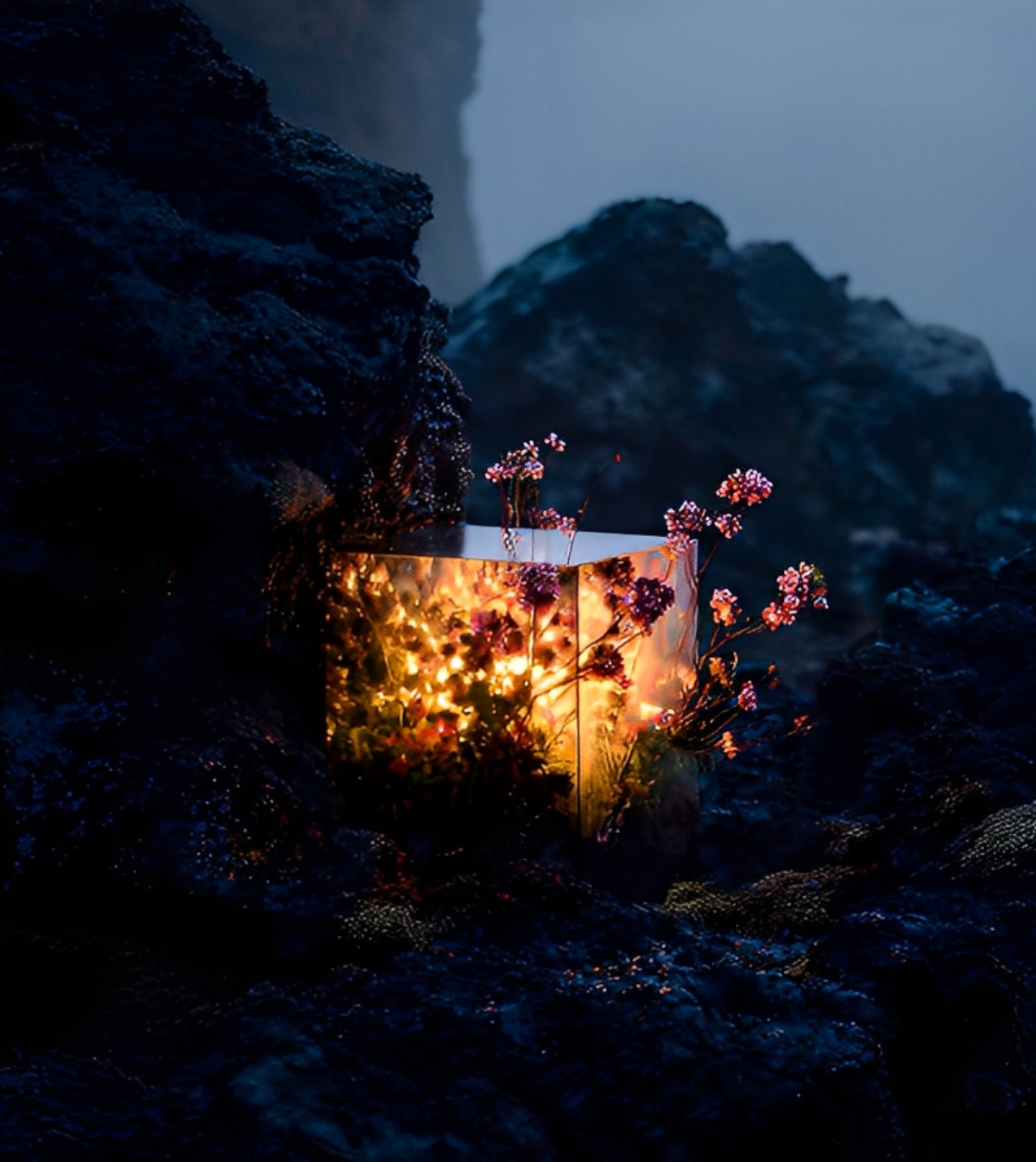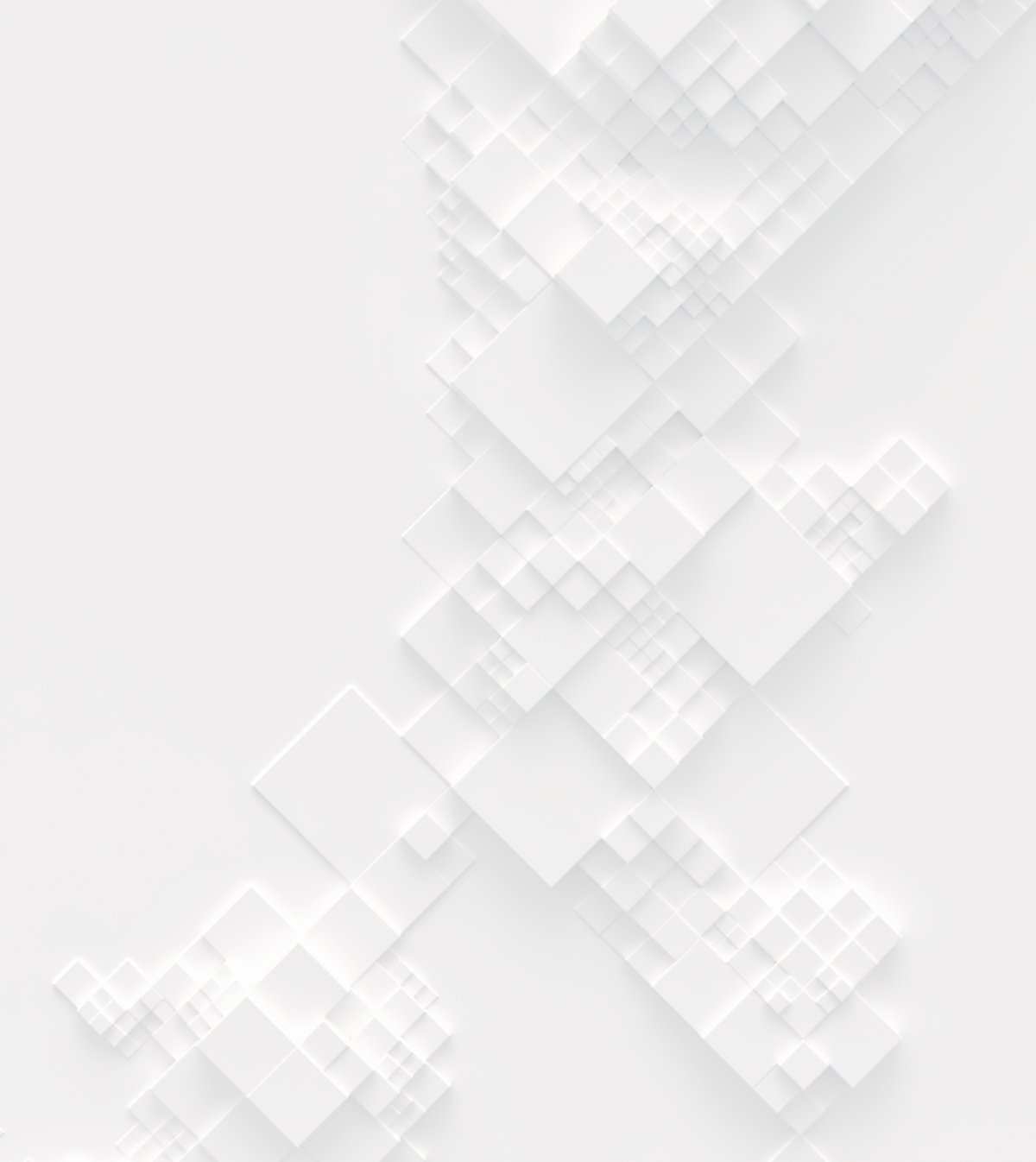The SKYHIVE Timber Skyscraper Challenge is the sixth annual architecture competition searching for iconic and unique designs for a high rise structure. The SKYHIVE Challenge series has always been about seeking out and implementing new technologies, new concepts and new materials to reimagine what a state-of-the-art skyscraper would look like and how it would function.

This year, there’s an added twist in that we are tasking architects and designers to create designs for a skyscraper constructed primarily out of timber. As always, the jury will be looking for designs that take a new and original approach to aesthetics and spatial organization, and will pay extra attention to those that incorporate sustainability in the heart of their designs.
The SKYHIVE Timber Skyscraper challenge is looking for designs that not only look and function differently, but also those structures that in some way tackle economic, social, and cultural problems through the establishment of new architectural methods – all constructed from timber.
As in previous challenges, there is no defined competition site, so participants are able to select any hypothetical site measuring 130m x 80m which can be accessed by roads on two sides. Designs can be set in the city of their choice anywhere in the world, as long as the project is in keeping with the region’s skyline and surroundings.
The annual SKYHIVE Challenge is a platform to examine the relationship between skyscrapers and the natural world, the community, and the city as a whole. It is important that designs show consideration for the impact on the surrounding environment, as well as how the increase in inhabitants will affect the current infrastructure, pollution levels, economic division, and urban sprawl.
Participants in the SKYHIVE Timer Skyscraper Challenge are allowed to interpret the competition brief however they choose, in the most creative way possible as it’s a chance for architecture enthusiasts to potentially rewrite the definition of the modern-day skyscraper, one made primarily from timber.
Download the full competition brief for more information!
The competition is open to all. No professional qualification is required. Design proposals can be developed individually or by teams (4 team members maximum). Correspondence with organizers must be conducted in English; All information submitted by participants must be in English














